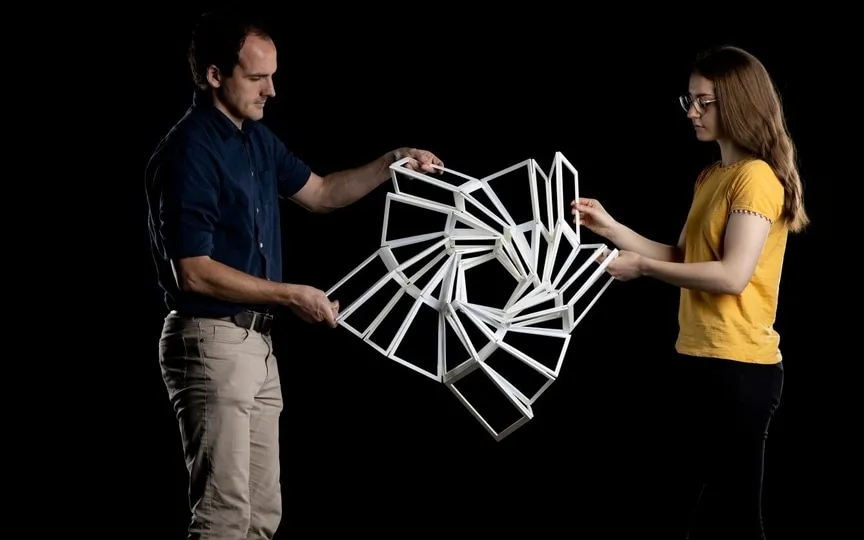NASA Refines Lidar Technology for Space Exploration
NASA has been making remarkable strides in developing Lidar technology, aiming to create more compact, agile, and adaptable tools for space exploration.
Lidar technology plays a critical role in assisting NASA scientists and explorers by enabling remote sensing, surveying, mapping, 3D image scanning, hazard detection and navigation.
Lidar, which stands for light detection and ranging, is a remote sensing technology similar to sonar and radar that uses pulses of light to accurately measure distances and target characteristics.
NASA’s Goddard Space Flight Center is at the forefront of efforts to advance lidar technology in a variety of applications, including communications, planetary exploration, and space operations.
One innovation is research engineer Mark Stephen’s development of foldable flat lidar optics. This technology involves deployable, segmented telescopes with state-of-the-art flat optics that fold into origami-inspired panels. The goal is to offer the advantages of lidar technology for future missions, while reducing costs and increasing efficiency.
The size, weight and power requirements of traditional lidar systems often limit their use in space missions, making compact and lightweight solutions essential.
Flat optics use nanostructured materials to manipulate individual photons and perform similar functions to larger lenses and mirrors, but in a lightweight flat panel.
The goal is to create a family of instruments that is more flexible in balancing size, weight, power and performance according to the specific needs of each task.
Another innovative approach comes from Goddard engineer Guangning Yang, who works on the Concurrent Artificially Intelligent Spectrometry and Adaptive Lidar System (CASALS). CASALS produces multiple wavelengths of light from a single laser pulse, eliminating the need for multiple beams of the same wavelength to increase accuracy.
CASALS technology changes the wavelength of the laser at high speed, allowing light at different wavelengths to exit the laser transmitter at different angles and sweep across the target, making it more efficient and smaller than traditional lidar instruments.
According to NASA Chief Technology Officer Cheryl Gramling, these advances in lidar technology, such as flat optics and wavelength scanning, open up new opportunities for scientific research and exploration and promise to revolutionize the way we navigate and understand distant worlds and celestial bodies. Goddard Space Flight Center.




